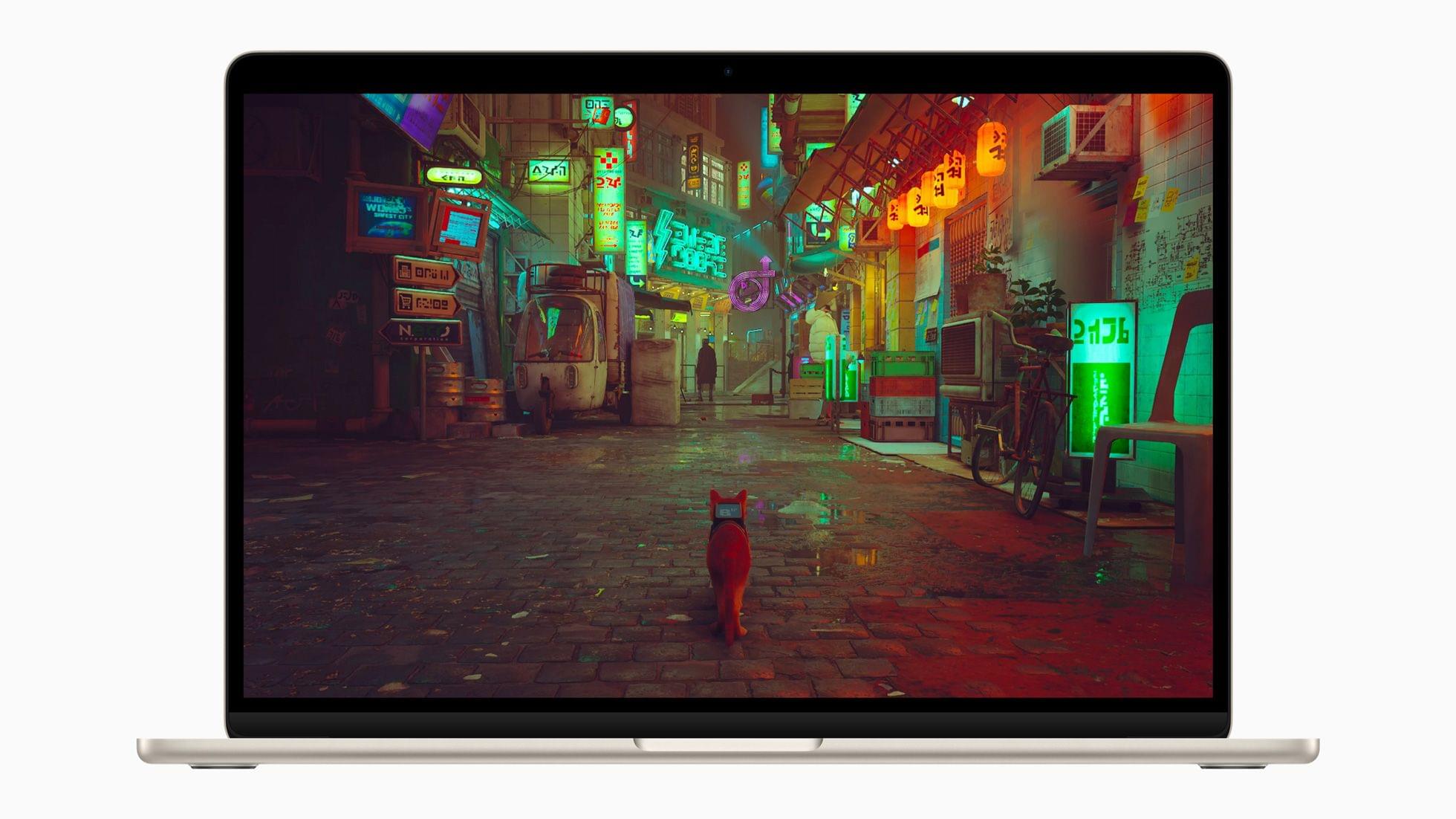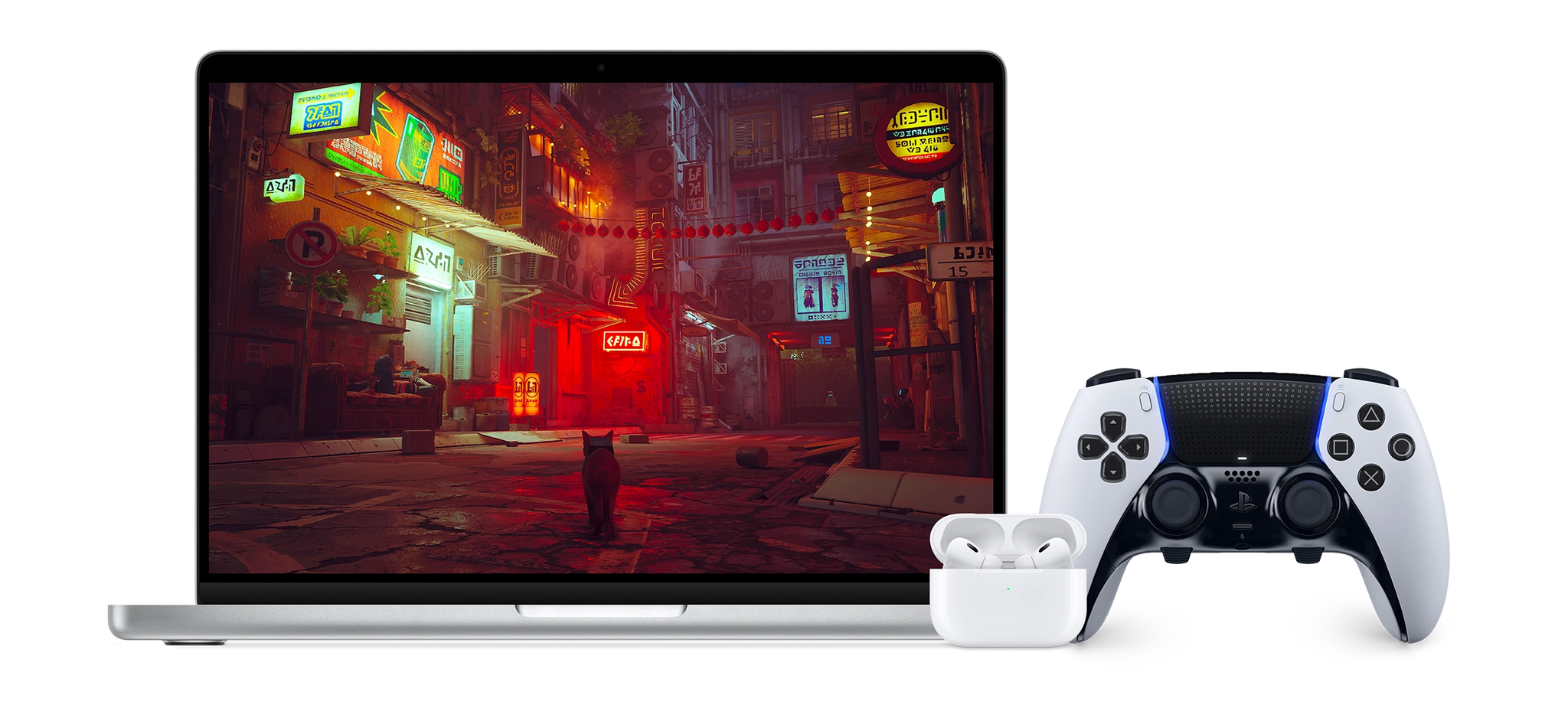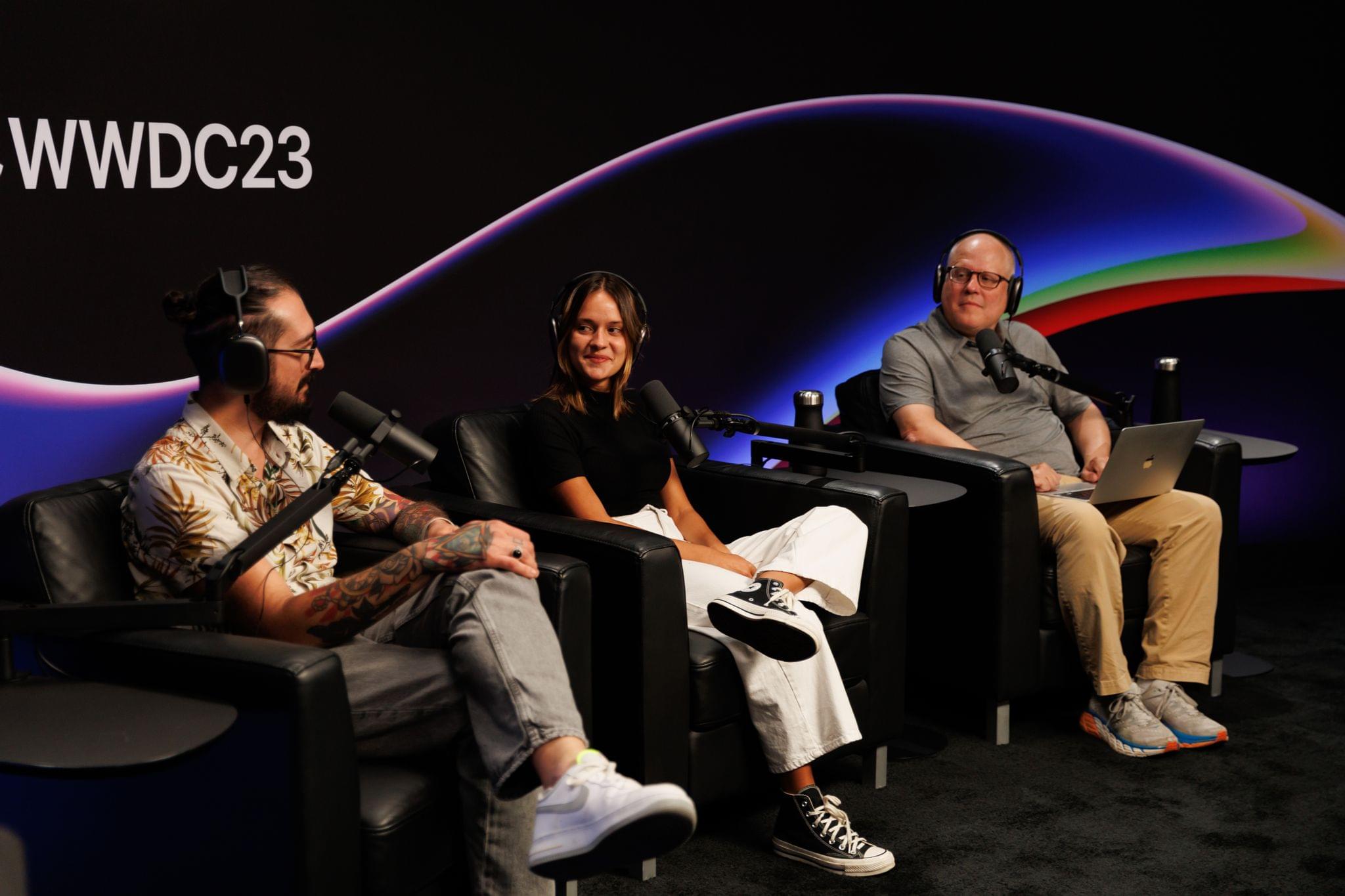Earlier this week, I linked to Tom Warren’s story on The Verge about Apple’s Game Porting Toolkit and gamers’ early experiments with running Windows games on Apple silicon Macs running macOS Sonoma. Yesterday, Christina Warren, writing for Inverse, published an in-depth look at why Apple’s innocuously Game Porting Toolkit has the potential to be a big deal:
…buried in the keynote was a macOS feature that Apple should have called out with more fanfare: DirectX 12 support for macOS. As PC gamers already know, this software support means the floodgates are open for some real games — not that casual Apple Arcade stuff — on Mac. Maybe, just maybe, this is the beginning of the end to the old joke that Macs can’t play AAA games.
As Warren explains, Apple’s DirectX 12 support is thanks to a patch to Wine that the company developed:
That toolkit largely takes place as a 20,000 line of code patch to Wine, a compatibility layer designed to bring support for Windows games to platforms such as Linux, BSD, and macOS. Wine, which is primarily supported by the company CodeWeavers (which also makes a commercial version called CrossOver), works by converting system calls made to Windows APIs into calls that can be used by other operating systems. It isn’t emulation, but translation (an important semantic difference).
If this all sounds a lot like what Valve did with Proton and the Steam Deck, it’s because it is:
In some ways, the fate of Mac gaming mirrored another desktop platform: Linux. Like the Mac, and in spite of a very vocal contingent of users, Linux gaming largely remained largely elusive until Valve introduced Proton in 2018, a way to play Windows games on its Linux Steam client and on its Linux distribution SteamOS (which at the time, was primarily used for its failed Steam Machine devices). And notably, the open-source technology at the heart of Proton, is the same technology that Apple is using for its Game Porting Toolkit.
Does all of this mean that the Mac is on the cusp of becoming the AAA gaming platform that has eluded it for years? As Warren rightly notes, it’s too early to go that far, but it is cause for optimism and is a big deal even if it remains a niche way to play DirectX 12 games on a Mac.








](https://cdn.macstories.net/banneras-1629219199428.png)



